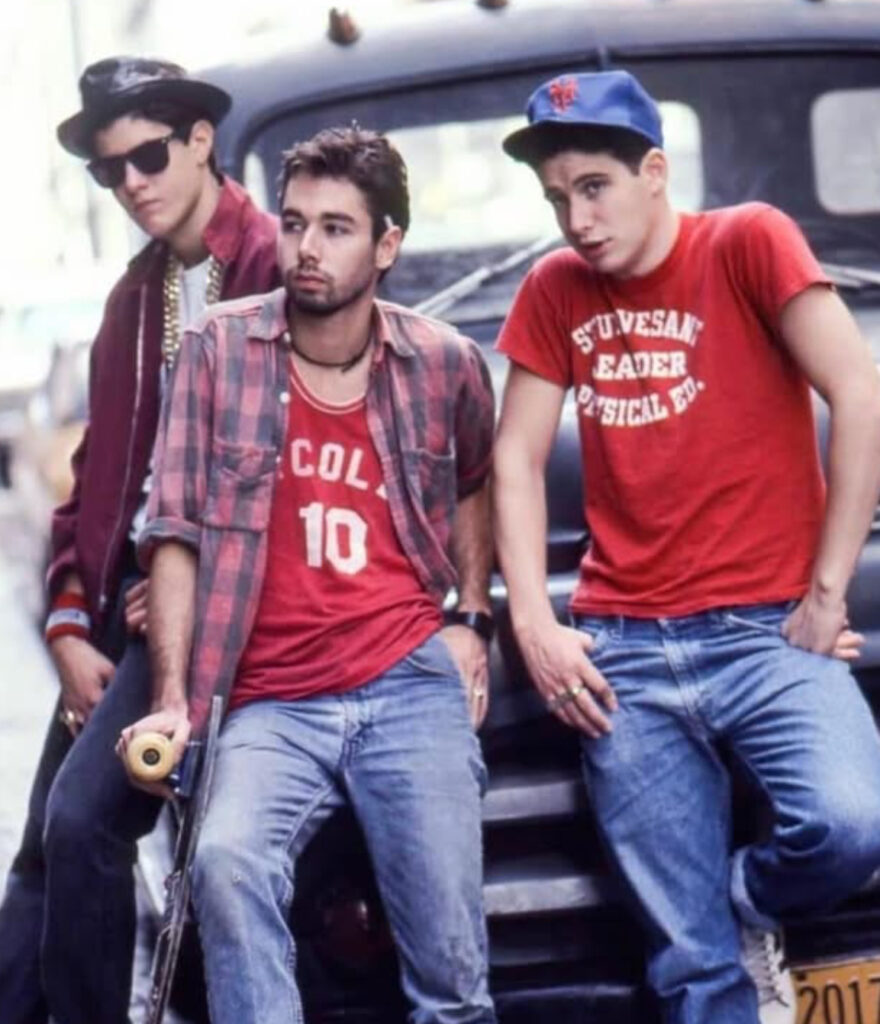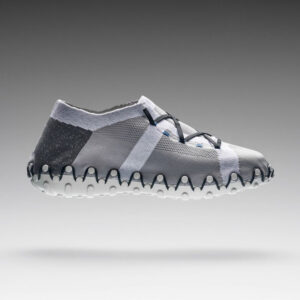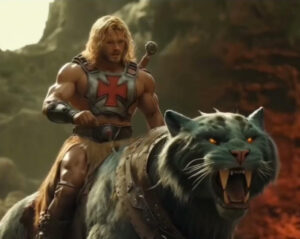In the heart of New York City, 1986 was a time of raw energy, cultural shifts, and the birth of movements that would redefine music and fashion. Hip-hop was emerging from the underground, rock was evolving, and the city itself was a gritty, electric backdrop where creative forces collided. Among those forces were the Beastie Boys, three rebellious kids from the city who would go on to revolutionize music with their genre-blending, boundary-pushing style.
A now-iconic photograph taken by Sunny Bak captures this moment: the Beastie Boys—Mike D (Michael Diamond), MCA (Adam Yauch), and Ad-Rock (Adam Horovitz)—cooling out on a New York City street like they owned it, like they knew something the rest of the world hadn’t figured out yet. The location, East 18th Street and Broadway, is quintessential NYC—an intersection of grit and culture, where skaters, artists, punks, and hip-hop heads all shared the concrete stage.
This wasn’t just any group of kids loitering on the block. The Beastie Boys were about to drop Licensed to Ill, an album that would become the first rap record to top the Billboard charts, forever changing the trajectory of hip-hop, rap-rock, and alternative culture. But in this moment, captured in time, they were just three friends in the city, embodying an era that would soon explode into mainstream consciousness.
1986: NYC as the Epicenter of Change
New York in 1986 was a city of contradictions. The crime rate was high, Times Square was still a seedy hub of neon-lit vice, and subway cars were covered in layers of graffiti, moving murals of rebellion. At the same time, the city was alive with cultural revolutions—from the burgeoning hip-hop scene in the Bronx and Queens to the post-punk and alternative rock movements downtown.
In the Lower East Side, CBGB was still booking bands that blurred the lines between punk, hardcore, and new wave. Uptown, hip-hop was moving beyond block parties and underground clubs, spilling into mainstream consciousness thanks to Run-D.M.C., LL Cool J, Public Enemy, and Eric B. & Rakim. The intersection of these worlds—punk, hip-hop, skate culture, graffiti—was where the Beastie Boys found their identity.
The Beastie Boys: From Hardcore to Hip-Hop
Before they were known as rap-rock pioneers, the Beastie Boys were a hardcore punk band. In the early ’80s, they played small clubs and DIY shows, releasing their first EP, Polly Wog Stew, in 1982. But New York was a melting pot, and the Beasties were hungry for more than just three-chord breakdowns.
As punk began to evolve, they found themselves drawn to hip-hop, absorbing its beats, swagger, and larger-than-life personalities. They weren’t outsiders trying to appropriate the culture—they were kids from the same city, influenced by the same street energy. DJ culture, breakdancing, graffiti, and rhyming became part of their world, and they embraced it fully.
By 1983, the Beasties had transitioned into a full-fledged hip-hop act, linking up with Rick Rubin, a college student at NYU who was experimenting with production and drum machines. Rubin, alongside Russell Simmons, would soon launch Def Jam Recordings, one of the most influential labels in hip-hop history. The Beastie Boys became part of the label’s first wave, rubbing shoulders with Run-D.M.C., LL Cool J, and Public Enemy.
Their breakout single, “Cooky Puss” (1983), was a novelty prank call track laced with early hip-hop beats. It caught enough attention to encourage them to go all in on rap. By 1985, they were opening for Madonna on her Like a Virgin tour—an odd but oddly perfect pairing that introduced them to a national audience.
Then came 1986.
Licensed to Ill: The Album That Changed Everything
By the time this Sunny Bak photograph was taken, the Beastie Boys were on the cusp of something massive. Licensed to Ill would drop on November 15, 1986, featuring anthems that blended punk’s rebellious energy with hip-hop’s braggadocio.
Tracks like “Fight for Your Right”, “No Sleep Till Brooklyn”, “Brass Monkey”, and “Paul Revere” were hard-hitting, mischievous, and unapologetically fun. The album wasn’t just a hit—it was a cultural shift. It became the first rap album to hit No. 1 on the Billboard charts, proving that hip-hop could dominate mainstream airwaves.
Critics were divided—some dismissed the Beasties as “frat-boy rappers,” but others recognized their genius. They weren’t just a gimmick; they were the product of their environment, embodying NYC’s eclectic fusion of cultures. They weren’t traditional rappers, but they weren’t faking it either.
The album’s production, handled largely by Rick Rubin, was groundbreaking. It merged Zeppelin-esque guitar riffs with boom-bap drum loops, creating a blueprint for rap-rock that would influence countless artists, from Rage Against the Machine to Limp Bizkit to Run-D.M.C. and Aerosmith’s “Walk This Way” collaboration.
The Power of the Photo: 18th Street & Broadway
Sunny Bak’s 1986 photo of the Beastie Boys lounging on East 18th Street and Broadway is more than just a cool shot. It encapsulates the spirit of New York at the time—the effortless cool, the defiant attitude, the mix of punk and hip-hop aesthetics.
The location itself is significant. The area was a hub of skate culture, art, and underground music, a space where creatives clashed and new movements were born. It wasn’t polished like modern-day NYC; it was gritty, unpredictable, and alive with possibility.
The Beastie Boys in this moment aren’t yet global superstars. They’re just three kids from New York, standing on the edge of a revolution.
Legacy: How 1986 Shaped the Beastie Boys and Music Itself
That year wasn’t just pivotal for the Beastie Boys—it was pivotal for music and culture as a whole. Licensed to Ill broke racial and genre barriers, introducing a generation of rock fans to hip-hop and vice versa. It proved that rap could sell, paving the way for future artists to dominate the mainstream.
But the Beastie Boys didn’t stop there. Unlike many artists who get stuck in their debut success, they evolved. Their next album, Paul’s Boutique (1989), abandoned the party-rap formula for something more intricate and sample-heavy, a record that would later be hailed as one of the greatest hip-hop albums ever.
Over the next two decades, they continued to innovate, blending jazz, funk, punk, and hip-hop while staying true to their NYC roots. They became activists, philanthropists, and cultural icons, never losing the rebellious edge that made them stand out in the first place.
NYC, Hip-Hop, and the Undeniable Legacy of the Beastie Boys
1986 in New York City was more than just a time and place—it was a cultural turning point. The Beastie Boys embodied that moment, blending punk’s DIY ethos with hip-hop’s innovative energy. Their impact is still felt today, not just in music, but in fashion, street culture, and the very idea of what it means to push boundaries.
Sunny Bak’s photograph is a time capsule, a glimpse into the past that still feels alive with possibility. It’s a reminder that sometimes, the biggest revolutions start with a few friends, standing on a street corner, just chilling like it’s nobody’s business.
No comments yet.








